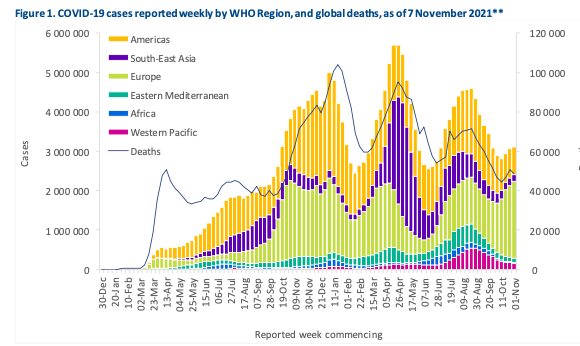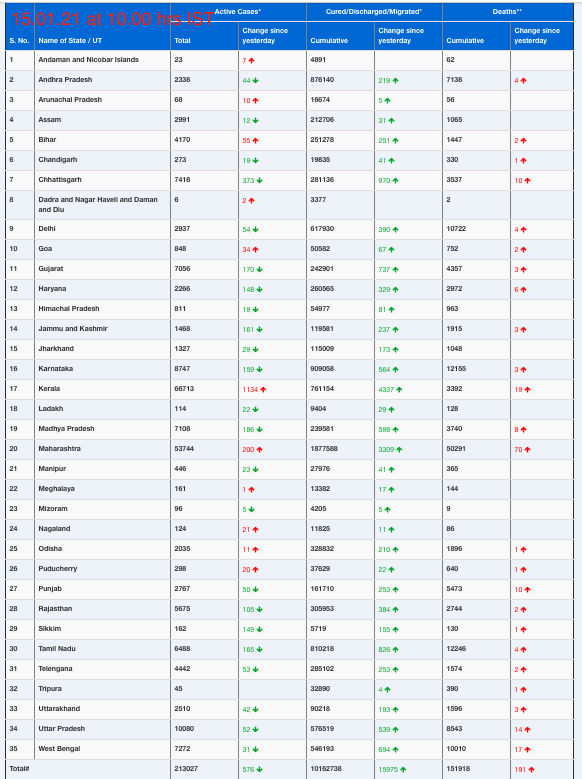The definition of extensively drug-resistant tuberculosis (XDR-TB) has been revised by the World Health Organization (WHO)’s Global TB Programme, who have also defined pre-XDR-TB for the first time, highlighting the seriousness of these forms of TB. New definitions for pre-XDR and XDR-TB will help to define more precisely groups of TB patients who require complex treatment regimens. These new definitions are also expected to lead to better reporting, surveillance and monitoring of drug-resistant TB in countries. They may also stimulate the development of better treatment regimens for these dangerous forms of TB disease.
“Drug-resistant TB is a serious clinical condition and remains a global public health concern. The new definitions will enable access to more effective treatment options for patients with drug-resistant TB. We hope that they will also stimulate further capacity building in national laboratories and future research on rapid drug susceptibility testing for new and repurposed TB medicines,” said Dr Tereza Kasaeva, Director of WHO’s Global TB Programme. “We urge national TB programmes to transition to these new definitions.”
The new definition of pre-XDR-TB is: TB caused by Mycobacterium tuberculosis (M. tuberculosis) strains that fulfil the definition of multidrug-resistant and rifampicin-resistant TB (MDR/RR-TB) and which are also resistant to any fluoroquinolone. The definition of MDR-TB* remains unchanged.
The updated definition of XDR-TB is: TB caused by Mycobacterium tuberculosis (M. tuberculosis) strains that fulfil the definition of MDR/RR-TB and which are also resistant to any fluoroquinolone and at least one additional Group A drug (Group A drugs are the most potent group of drugs in the ranking of second-line medicines for the treatment of drug-resistant forms of TB using longer treatment regimens and comprise levofloxacin, moxifloxacin, bedaquiline and linezolid).
The two definitions of pre-XDR-TB and XDR-TB point to the increasing progression of the severity of the disease, due to resistance to additional medicines. Subsequently, a more limited number of medicines are at a clinician’s disposal to effectively treat it.
The new definitions of pre-XDR and XDR-TB apply from January 2021. National TB programmes will need to orient their staff, laboratory and surveillance systems to accommodate the new definitions. The changes required for the definition of XDR-TB require to scale up of rapid molecular tests to detect fluoroquinolone-resistance as well as laboratory capacity to perform DST for bedaquiline and linezolid.
The definitions were updated in October 2020 following a consultation convened by WHO’s Global TB Programme that brought together over 70 participants, representing countries, bilateral and multilateral agencies, international organizations, nongovernmental organizations, civil society and academia.
About 470,000 people fall ill with MDR/RR-TB and about 180,000 die from this form of TB each year, according to WHO estimates. Globally, in 105 countries with representative data, 20% of the people with MDR/RR-TB also have resistance to another potent drug for the treatment of drug-resistant TB – a fluoroquinolone. Extensively drug-resistant TB is a more serious form of MDR-TB, with poorer treatment outcomes reported for those affected by this condition.
* MDR-TB: Resistance of Mycobacterium tuberculosis strains to at least isoniazid and rifampicin, the cornerstone medicines for the treatment of TB. Rifampicin-resistant disease on its own requires similar clinical management as MDR-TB.












